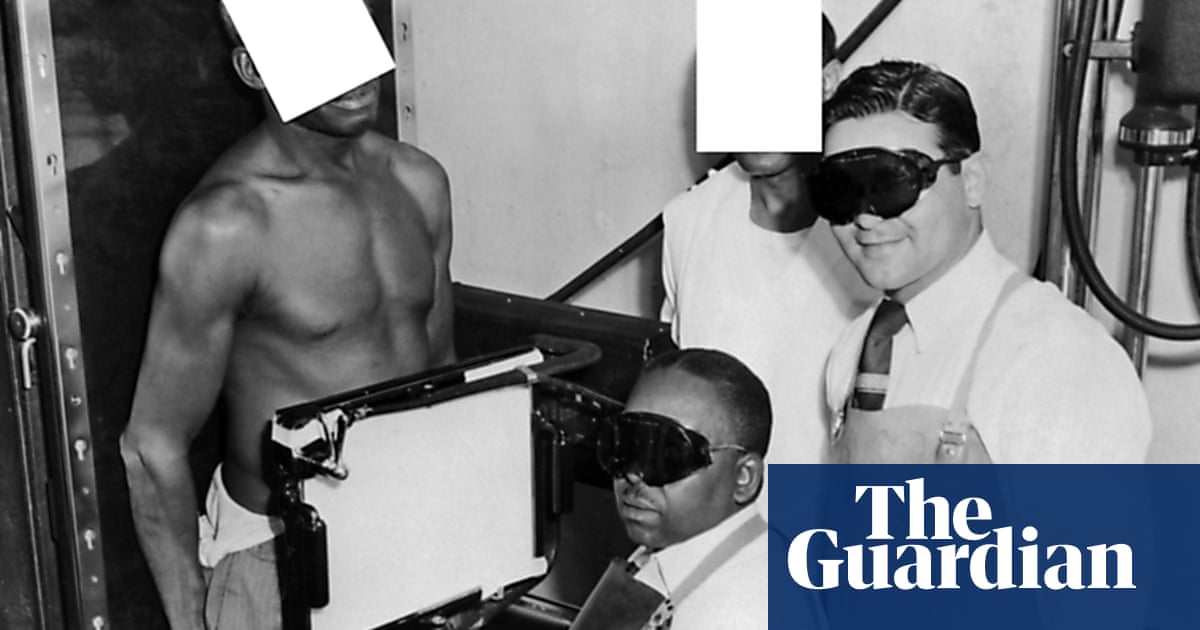
Which species exhibits the most diverse physical characteristics? I can’t think of a more varied example than the domestic dog (Canis familiaris). Teri Robertson, Northampton
Send new questions to nq@theguardian.com.
Readers reply
When it comes to zoology, I remember one of my university tutors passionately denouncing mammals, and indeed all vertebrates, as simply too boring to be worth our time studying. So, instead of dogs, look to the incredible variance within a single species of ant or termite. In one colony, there will be giant soldiers with armoured, pincer-bearing heads that are sisters to svelte workers half their size. And their brothers will have wings! So, too, do the reproductive females, at least until they mate and found their own family as an engorged, egg-laying machine. Lulu Bradley
And then there’s Brassica oleracea, AKA cabbage, kale, broccoli, collard greens, kohlrabi, brussels sprouts and so on and so forth. All the same species. water_moon
Humans. One has the strength to carry victims from forest fires and earthquakes. Another is too weak to carry a gum wrapper as far as the dustbin. Peter Pullman
Dog breeds look different because they’ve been selectively bred by humans for aesthetics as well as usefulness, breeding from the occasional mutation that pleases the breeder. If allowed to go completely feral, after a few generations dogs would still exhibit some differences, such as size, much as humans do, but far less so than the original “pedigree” populations. greendreamer
Ants, wasps and other social insects. Huge physical differences (within the same species) between the breeding female queen, the sterile female workers (which can be differentiated into soldiers, nursery workers, food gatherers) and the males. Being insects, they have young that are physically completely different from the adults – different numbers of eyes, limbs, et cetera. Randomusername222
The whole concept of species is difficult to properly pin down. Originally, taxonomists would separate things into species on the basic of similar morphology, giving few opportunities for species to be diverse. The most-used definition currently is based on the ability of members of a species to breed with each other, but I’m unclear how we would know, for example, which of the hundreds of thousands of morphologically different beetle species could interbreed.
Advertisement
There is also sexual dimorphism – where males and females differ greatly – but that’s not really diversity, just a population reacting to some evolutionary pressure in an odd way.
Dogs are diverse because we’ve deliberately mucked about with their genetics. The same could be said for horses (shetland ponies and shire horses have bred, apparently – I choose not to think about this too deeply).
I doubt that any natural situation would induce the same level of difference, but, if it did, most likely the biologists would initially define many species, perhaps until the geneticists had marked their homework. SemiFunctional
Apples? MrCassandra
You’re comparing them with oranges. bemusedonaboat












